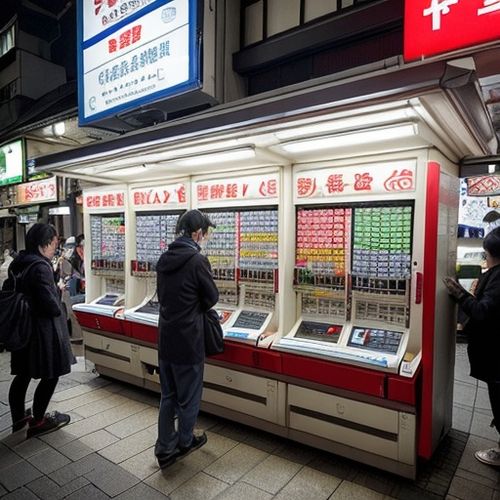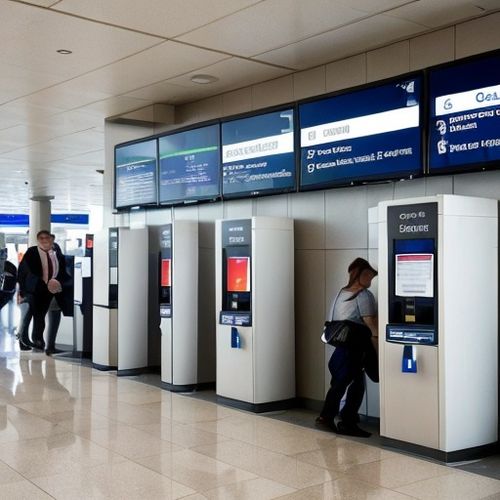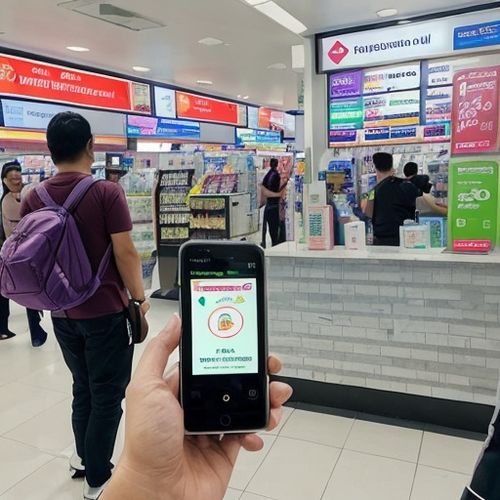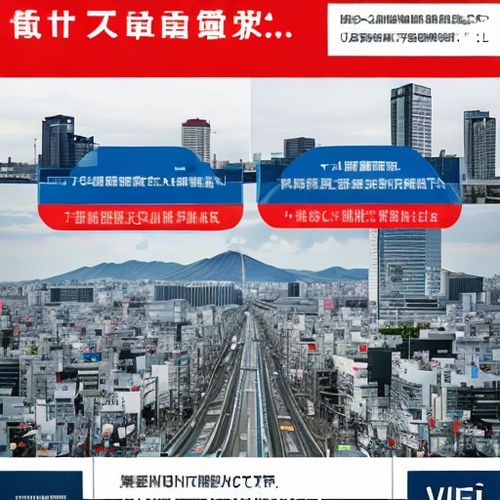In the bustling streets of Japan, where cash transactions remain deeply ingrained in daily life, a unique financial convenience has emerged to address the perennial problem of loose change. Coin exchange machines, though a relatively niche service, have become an intriguing solution for both locals and tourists grappling with the weight of jingling pockets. These devices, often overlooked in discussions about Japan’s technological advancements, reveal a subtle yet profound intersection of practicality and cultural nuance.
The Rise of Coin Exchange Machines
Japan’s affinity for cash is no secret. Despite global trends toward digital payments, many small businesses, temples, and even vending machines still operate exclusively with physical currency. This reliance on cash inevitably leads to the accumulation of coins, which can quickly become cumbersome. Enter the coin exchange machine—a humble yet ingenious invention designed to alleviate this very issue. Found in supermarkets, train stations, and shopping malls, these machines allow users to convert their coins into paper currency or electronic credits, often with minimal or no fees.
The proliferation of these machines speaks to a broader cultural context. In Japan, efficiency and convenience are highly valued, and the coin exchange machine epitomizes both. Unlike in many Western countries, where coins might be dismissed as trivial, Japanese society has developed systems to manage them thoughtfully. This attention to detail is a hallmark of Japanese service culture, where even the smallest inconveniences are addressed with innovative solutions.
How Coin Exchange Machines Work
At first glance, a coin exchange machine might resemble a standard vending kiosk. Users simply pour their loose change into a designated slot, and the machine sorts, counts, and tallies the total amount. The process is remarkably swift, often taking less than a minute for a handful of coins. Once the counting is complete, users can choose to receive their funds in various forms. Some machines dispense yen bills, while others offer the option to load the value onto prepaid cards, such as Suica or Pasmo, which are widely used for public transportation and small purchases.
What sets these machines apart is their precision and reliability. Advanced sensors and sorting mechanisms ensure that even the tiniest one-yen coins are accurately accounted for. This level of accuracy is critical in a society where trust in automated systems is paramount. Moreover, many machines provide a printed receipt, allowing users to verify the transaction before committing to the exchange—a small but significant feature that underscores the emphasis on transparency.
The Cultural Significance
Beyond their utilitarian function, coin exchange machines reflect deeper aspects of Japanese culture. The country’s relationship with money is deeply respectful, almost ceremonial. Coins are handled with care, and there’s an unspoken understanding that even the smallest denominations hold value. This mindset is evident in the design of the machines themselves, which are often sleek, user-friendly, and integrated seamlessly into public spaces.
Tourists, in particular, find these machines to be a godsend. Navigating a foreign currency is challenging enough without the added burden of excessive coins. For visitors unfamiliar with Japanese money, the ability to quickly convert a pile of loose change into something more manageable can significantly enhance their travel experience. It’s a small but meaningful way Japan extends its renowned hospitality to outsiders.
Challenges and Future Prospects
Despite their benefits, coin exchange machines are not without challenges. The gradual shift toward cashless payments in Japan poses a existential question for these devices. As younger generations embrace digital wallets and contactless transactions, the demand for coin-related services may decline. However, experts argue that cash will remain relevant in Japan for the foreseeable future, particularly in rural areas and among older demographics.
Innovation could also play a role in sustaining these machines. Some operators are experimenting with added functionalities, such as charitable donation options or integration with loyalty programs. By evolving beyond mere currency conversion, coin exchange machines could carve out a new niche in Japan’s financial ecosystem.
Conclusion
Japan’s coin exchange machines are a fascinating microcosm of the country’s approach to problem-solving. They embody a blend of technological prowess, cultural sensitivity, and unwavering attention to detail. While their future may be uncertain in an increasingly digital world, their current presence offers a glimpse into a society that values both tradition and innovation. For now, these machines stand as quiet yet indispensable allies in the daily lives of those who still cherish the tangible feel of yen in their hands.

By Grace Cox/Apr 14, 2025

By Emma Thompson/Apr 14, 2025

By Daniel Scott/Apr 14, 2025

By Rebecca Stewart/Apr 14, 2025

By Emily Johnson/Apr 14, 2025

By Megan Clark/Apr 14, 2025

By Emma Thompson/Apr 14, 2025

By Grace Cox/Apr 14, 2025

By Christopher Harris/Apr 14, 2025

By Joshua Howard/Apr 14, 2025

By Noah Bell/Apr 14, 2025

By Grace Cox/Apr 14, 2025

By Joshua Howard/Apr 14, 2025

By Victoria Gonzalez/Apr 14, 2025

By Grace Cox/Apr 14, 2025

By Christopher Harris/Apr 14, 2025

By Lily Simpson/Apr 14, 2025

By Laura Wilson/Apr 14, 2025

By Michael Brown/Apr 14, 2025

By Noah Bell/Apr 14, 2025